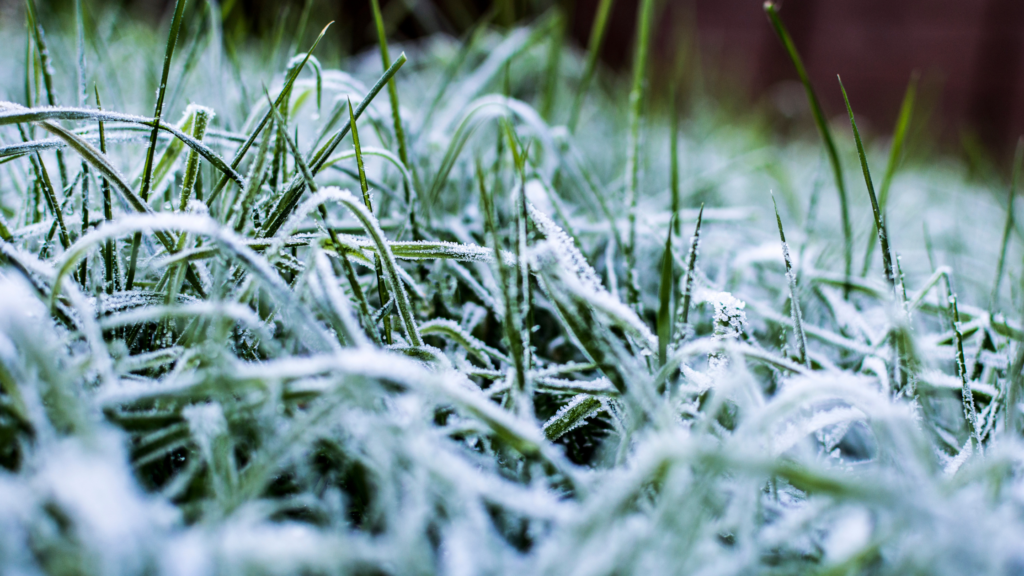Spring is a time of renewal and growth in the natural world, but it’s also a time of uncertainty when it comes to weather. One of the biggest threats to your lawn during the spring season is a sudden freeze, which can damage or even kill your grass. Fortunately, there are steps you can take to prepare your lawn for a spring freeze and minimize the risk of damage. Here are some of the most important things you can do to protect your lawn from a late freeze.
Rake your lawn
Before a spring freeze, it’s important to remove any dead leaves, sticks, and other debris from your lawn. This will allow your grass to breathe and absorb more sunlight, which will help it stay healthy and strong. Raking your lawn also removes any dead grass, which can become a breeding ground for mold and other fungi. Be sure to dispose of the debris properly, either by composting it or disposing of it in your yard waste bin.
Fertilize your lawn
Fertilizing your lawn is an important step in preparing it for a spring freeze. Fertilizer provides your grass with the nutrients it needs to grow and thrive, and it can also help your grass withstand colder temperatures. Look for a fertilizer that is high in nitrogen, which will encourage your grass to grow quickly and become more resistant to damage. Be sure to follow the instructions on the fertilizer package carefully, and don’t over-fertilize, as this can damage your grass.
Water your lawn
Keeping your lawn well-watered is another important step in preparing it for a spring freeze. Watering your lawn deeply and infrequently encourages your grass to grow deep roots, which can help it survive colder temperatures. However, be careful not to over-water your lawn, as this can lead to fungal growth and other problems. If you’re not sure how much to water your lawn, a good rule of thumb is to water it deeply once a week, or whenever the top inch of soil feels dry.
Mow your lawn
Mowing your lawn is another important step in preparing it for a spring freeze. Be sure to keep your grass at a moderate height, as taller grass is more susceptible to damage from frost and freezing temperatures. However, don’t mow your lawn too short, as this can also damage your grass and leave it vulnerable to cold temperatures. A good rule of thumb is to keep your grass at a height of 2-3 inches.
Cover your plants
If you have any plants or shrubs in your lawn, it’s a good idea to cover them before a spring freeze. You can use blankets, tarps, or other materials to protect your plants from freezing temperatures. Be sure to remove the covers once the temperature rises above freezing, as this will allow your plants to get the sunlight and air they need to grow.
Preparing your lawn for a spring freeze is an important step in keeping it healthy and beautiful all season long.With a little bit of preparation, you can ensure that your lawn will thrive no matter what the weather brings.

